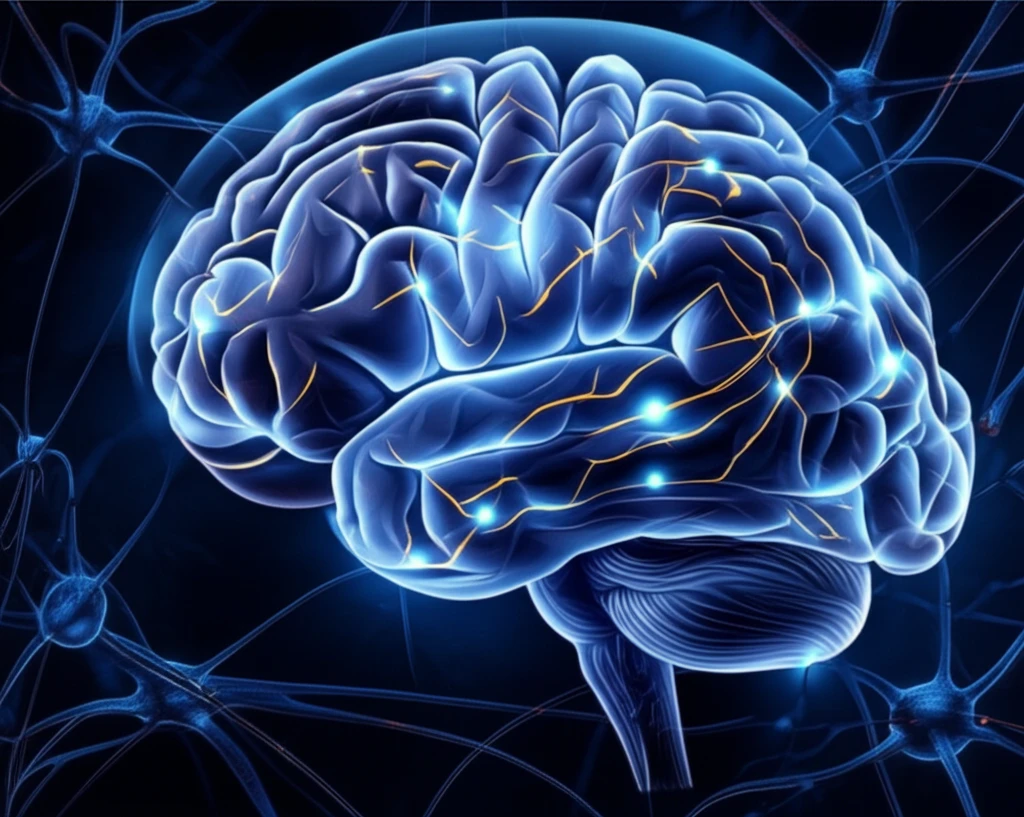
Unlock Your Brain's Potential: How Homeostatic Plasticity Enhances Learning
"Discover how your brain adapts to activity changes, optimizing learning and memory through spine-level structural adjustments."
Our brains are constantly rewiring themselves. Information is encoded in neural networks through changes in the strength of synaptic connections. These changes, known as synaptic weights, are vital for learning and memory. The brain employs a combination of rapid Hebbian plasticity – think of it as quick, activity-dependent changes – and a slower, regulatory process called homeostatic synaptic plasticity. This slower process acts like a thermostat, ensuring that neurons maintain a stable level of activity.
While Hebbian and homeostatic plasticity have been studied extensively, much less is known about how these two processes interact. This article dives into recent research that explores the interplay between Hebbian and homeostatic plasticity, revealing how the latter influences the structure and function of synapses at the level of individual dendritic spines – the tiny protrusions on neurons that receive signals from other neurons.
Researchers investigated the structural and functional consequences of homeostatic plasticity in mouse hippocampal neurons. They discovered that prolonged reduction in activity leads to spine growth, paralleling synaptic strength increases. This growth isn't uniform; it affects the ability of individual inputs to undergo subsequent plasticity in a size-dependent manner. These findings shed light on how the brain fine-tunes its connections, affecting how we learn and adapt.
The Science Behind Brain Rewiring: Understanding Homeostatic Plasticity

Hebbian plasticity, famously summarized by the phrase "neurons that fire together, wire together," is a cornerstone of learning. It posits that synaptic connections strengthen when neurons are active simultaneously. This activity-dependent strengthening has a physical component: the volume of a dendritic spine is closely correlated with the strength of the connection. However, if unchecked, this process could lead to runaway excitation or silencing of neural circuits.
- Key Players in Homeostasis: AMPA receptors, presynaptic changes, neurotransmitter release.
- Goal of HSP: Maintain optimal neuronal function.
- Analogy: Think of HSP as a thermostat, keeping neural activity within a healthy range.
The Future of Learning and Memory: Implications of Homeostatic Plasticity
The research discussed here reveals that homeostatic plasticity not only scales synaptic efficacy but also shapes the landscape for future learning. By preferentially modulating smaller spines and promoting structural plasticity at clustered inputs, HSP fine-tunes the brain's response to activity. This intricate interplay between Hebbian and homeostatic plasticity provides a mechanism by which the brain can both enhance learning and safeguard previously stored information. Further research into these processes promises to unlock new strategies for optimizing cognitive function and addressing neurological disorders.
